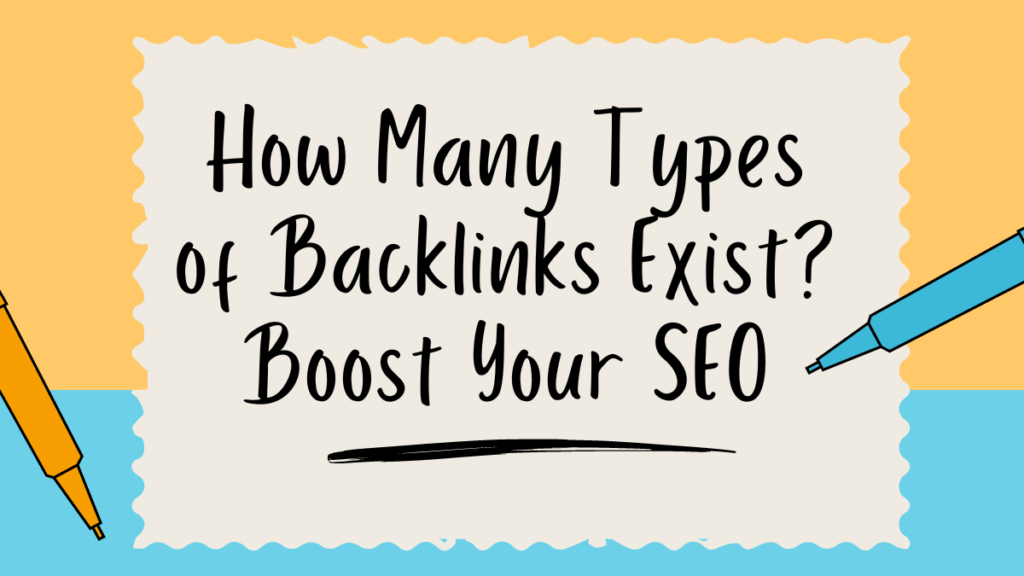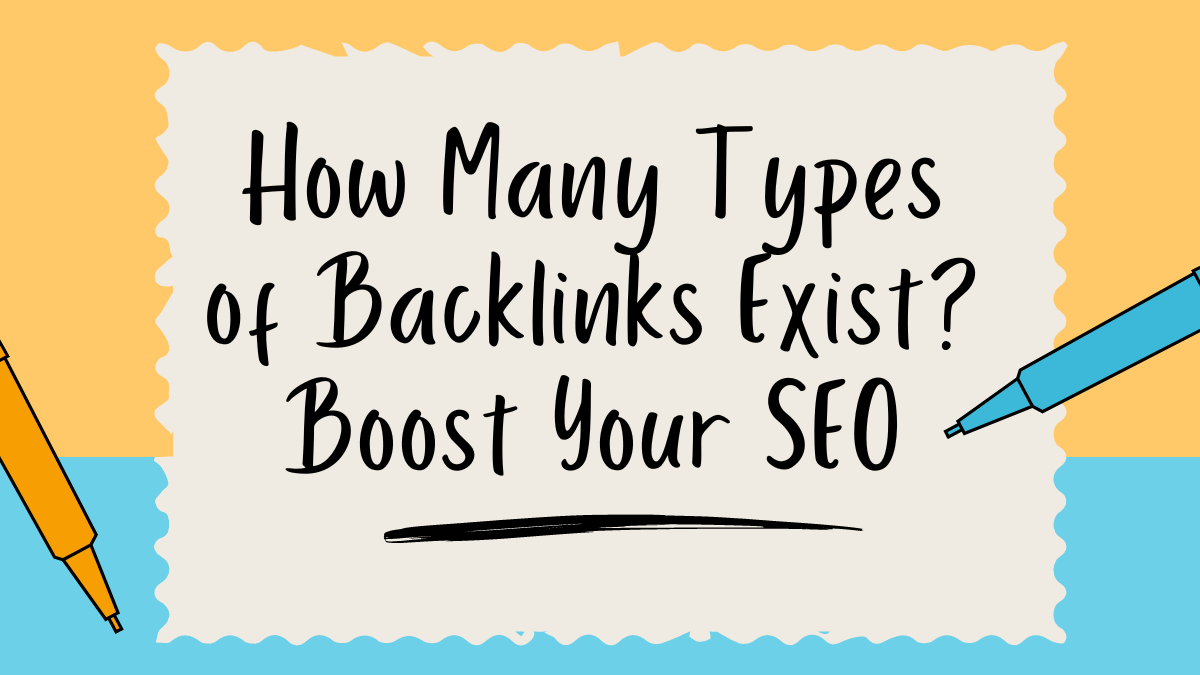Think of links leading to your website like votes of confidence. Search engines like Google see these votes (or backlinks) and think, “Wow, this website must be valuable if others think so!” The result? Your site climbs higher in search results. But not all backlinks are created equal. Let’s dive in!

The Backlink Breakdown
Here’s where it gets interesting – backlinks come in lots of flavors. Let us dissect each of them individually:
- Natural/Editorial Backlinks: The SEO dream! These happen when another site links to you because they LOVE your content. It’s like getting an organic shout-out from someone in the industry.
- Outreach/Guest Post Backlinks: You reach out to other websites and suggest a collaboration like writing a guest post with a link back to your site.
- Self-Created Backlinks: These can be tricky! Leaving a comment on a forum with a link to your site is an example. They need to be relevant and add to the conversation (not spammy).
- Follow Backlinks: Tell Google to pay attention and pass on ranking power.
- Nofollow Backlinks: Instructs Google not to follow the link, so ranking power isn’t passed, but these can still increase awareness of your site indirectly.
The “Good” and the “Hmmm, Maybe Not”
Let’s be real, some backlink types are way better for SEO than others. Here’s a quick cheat sheet:
👍The Awesome
- Relevant Backlinks: If a cooking blog links to your baking supplies website – yes please!
- High-Authority Backlinks: Google trusts links from established sites. It’s like a recommendation from a big player in your niche.
- Diverse Backlink Profile: A mix of backlink types is healthy, showing it’s not just spam.
🤔Proceed With Caution
- Low-Quality Backlinks: Spammy sites linking to you can actually hurt your rankings.
- Paid Backlinks: Google’s getting smarter about spotting these, and it’s against their guidelines… risky move.
- Irrelevant Backlinks: A dog grooming blog linking to your bakery? Confusing for everyone!
Backlinks in Action: Real-World Examples
Let’s make this even clearer:
- Natural Backlink: A food blogger finds your recipe for the fluffiest pancakes and links to it in their post about perfect brunch dishes.
- Outreach Backlink: You write a guest post about sustainable gardening for a popular garden design blog, with a link back to your landscape service page.
- Self-Created (Proceed with Caution!): You post insightful comments on a relevant forum, tastefully adding a link to your website if it genuinely adds value.
I think focusing on quality, not quantity, is the key to backlink success. Would you rather have ten spammy backlinks or one shining editorial backlink from an authority site? It’s a no-brainer!
FAQs
- Are all backlinks worth getting? No! Focus on relevance and authority.
- How long does it take for backlinks to start producing results? It may take weeks or months, so patience is essential.
- How can I get more natural backlinks? Provide excellent material that others will want to spread.
- Can backlinks hurt my SEO? Yes, if they’re spammy or from low-quality sources.
- Do I need tons of backlinks to rank? Quality trumps quantity, every time.
Summary
Backlinks are a super important part of your SEO strategy. By understanding the different types, getting smarter about where your links come from, and focusing on natural link earning, you’ll see your website climb those search results!
Ready to level up your backlink game? Share this post and let’s spread the SEO knowledge!



